Breadcrumb
- Giving
- Name a New Species
Name a New Species
Support marine biodiversity research by choosing the name of a newly discovered species
Every year, Scripps Benthic Invertebrate Collection Curator Greg Rouse and collaborators discover new species of marine life, especially during exploratory expeditions to mysterious and fascinating deep-sea habitats.
Traditionally, the person who first describes a newfound animal is entitled to name it, but now, Scripps is inviting the public to share in this process of discovery, by choosing the name of a newly discovered species. For example, you may wish to name a species after your own first and/or last name, as a unique gift for a friend or family member, to honor the memory of a loved one, or simply to express your creativity.
The cost to name a newly discovered Scripps species starts at $5,000. Donors who name a species will receive:
- a framed print of their named organism
- a personal tour of the Scripps Benthic Invertebrate Collection, and
- a copy of the scientific publication in which the newly named species is first described.
Your donation supports the research and preservation required to establish your species in the scientific record permanently. The gift funds are used toward research supplies for DNA sequencing and microscopy, publication fees, shipping costs to exchange specimens with collaborators, and maintenance of the Benthic Invertebrate Collection. Gifts are directed to the Scripps Oceanographic Collections Fund and distributed 80% to laboratory research and 20% to the Benthic Invertebrate Collection. The complete process from research to peer-reviewed publication typically takes about two years, but your framed print and tour opportunity will be available right away.
For more information about how you can support the Scripps Oceanographic Collections by naming a species, or to join us for a tour, please contact us at (858) 822-1865 or supportscripps@ucsd.edu.
Updated APRIL 9, 2024
CURRENTLY AVAILABLE SPECIES FOR NAMING
$5,000
Pisionidens new species from Baja CALIFORNIA, Mexico
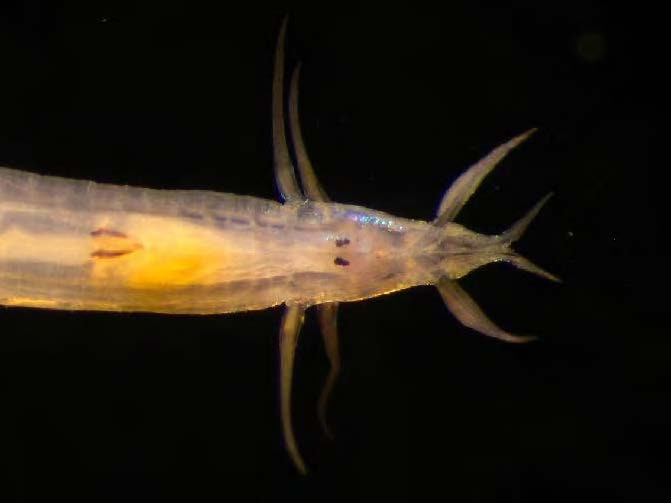
$5,000
Dysponetus new species from off California
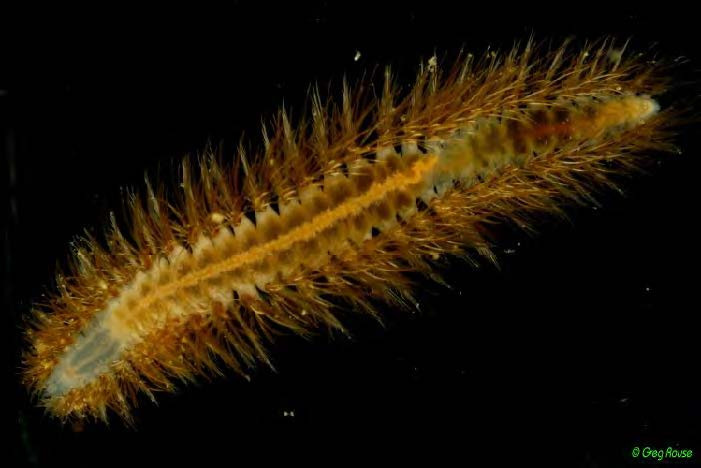
$5,000
Anguillosyllis new species
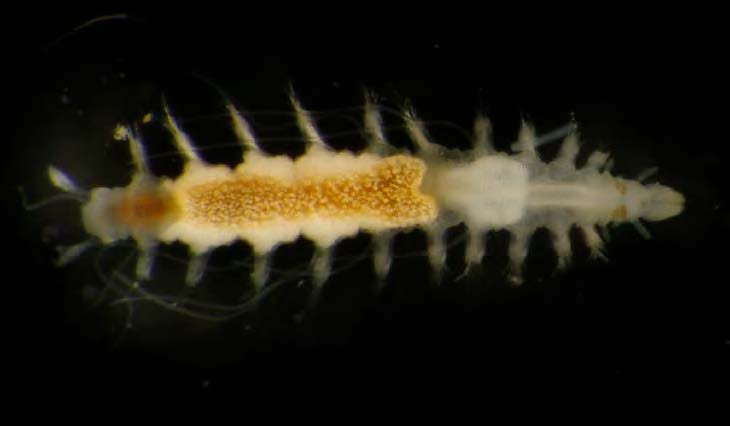
$5,000
Protodorvillea new species from off Australia
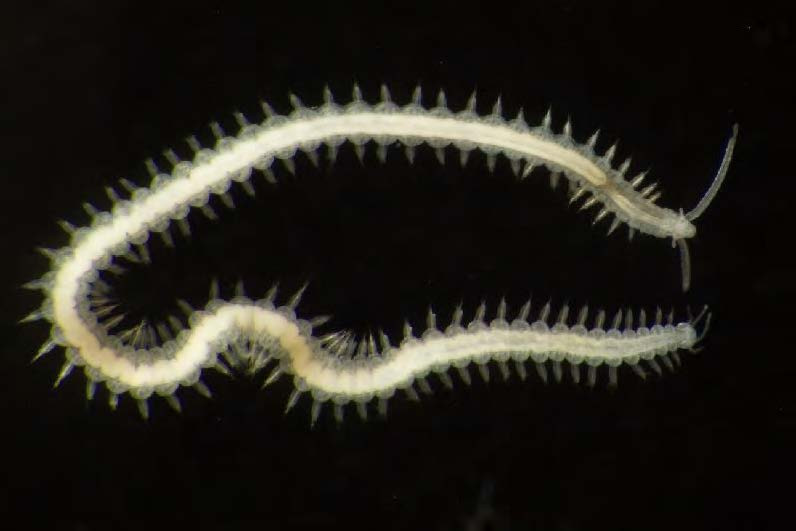
$5,000
Macellicephala new species
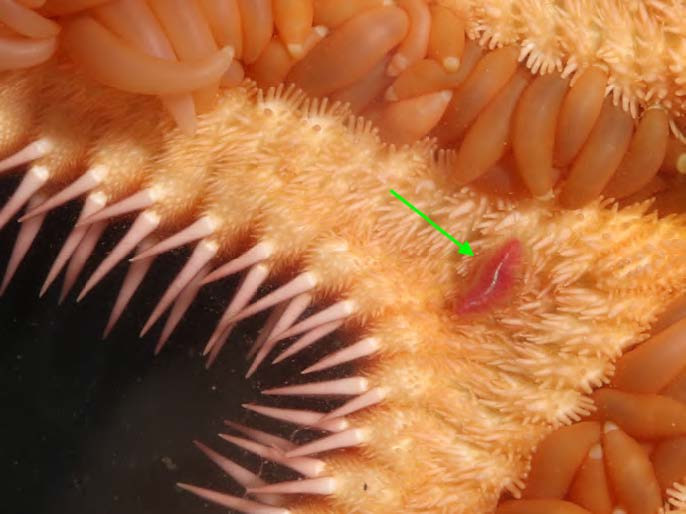
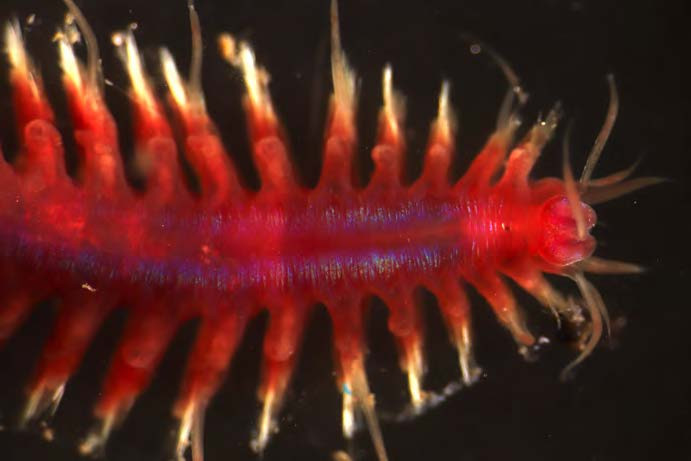
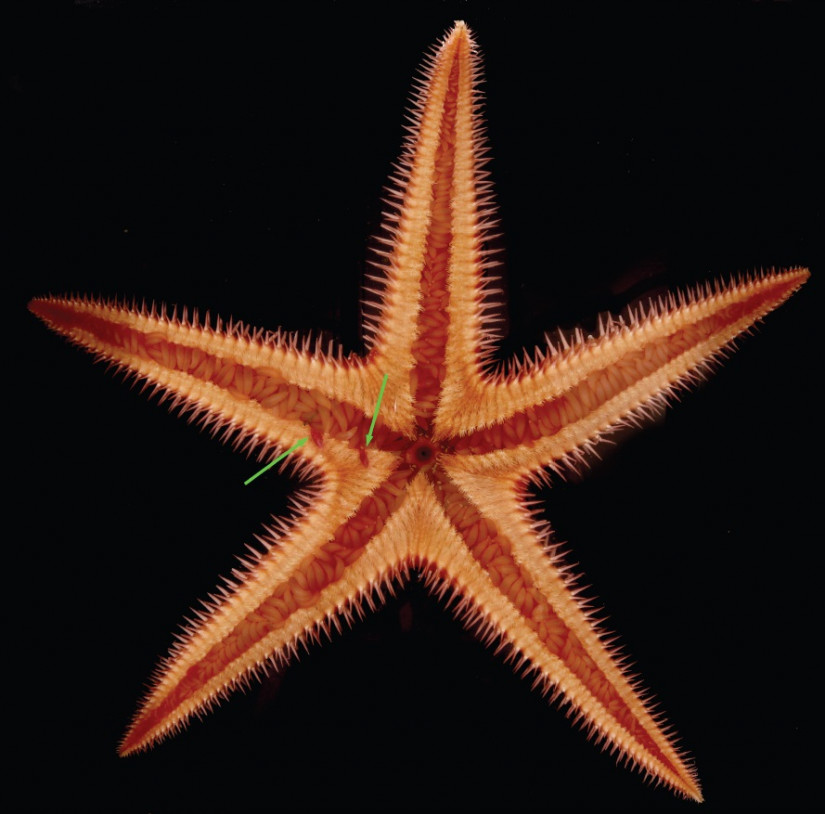
$5,000
Macellicephala new species
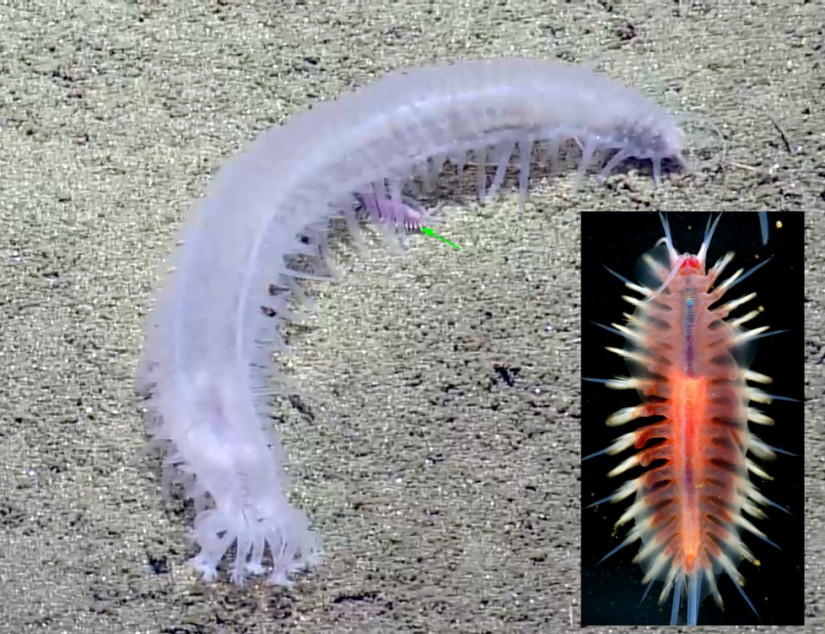
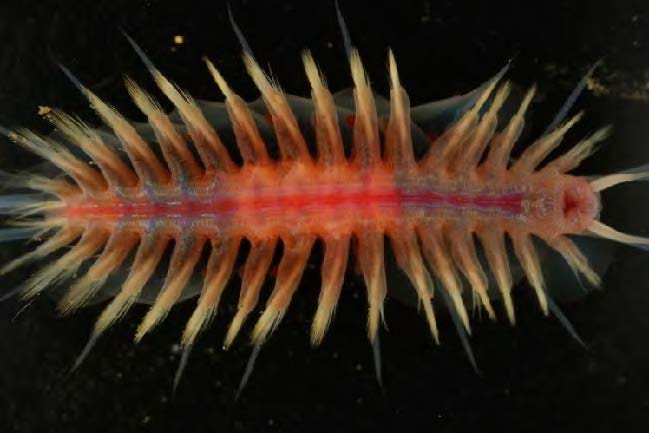
$5,000
Macellicephala new species
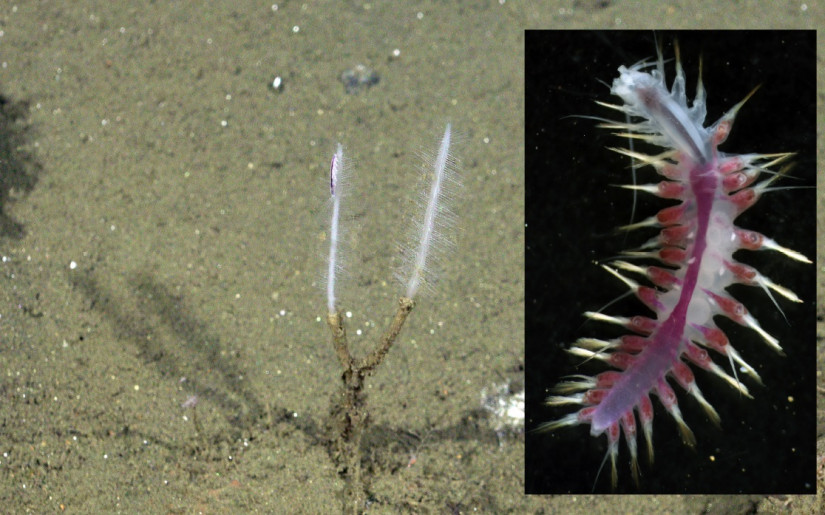
$5,000
SERICOSURA new species
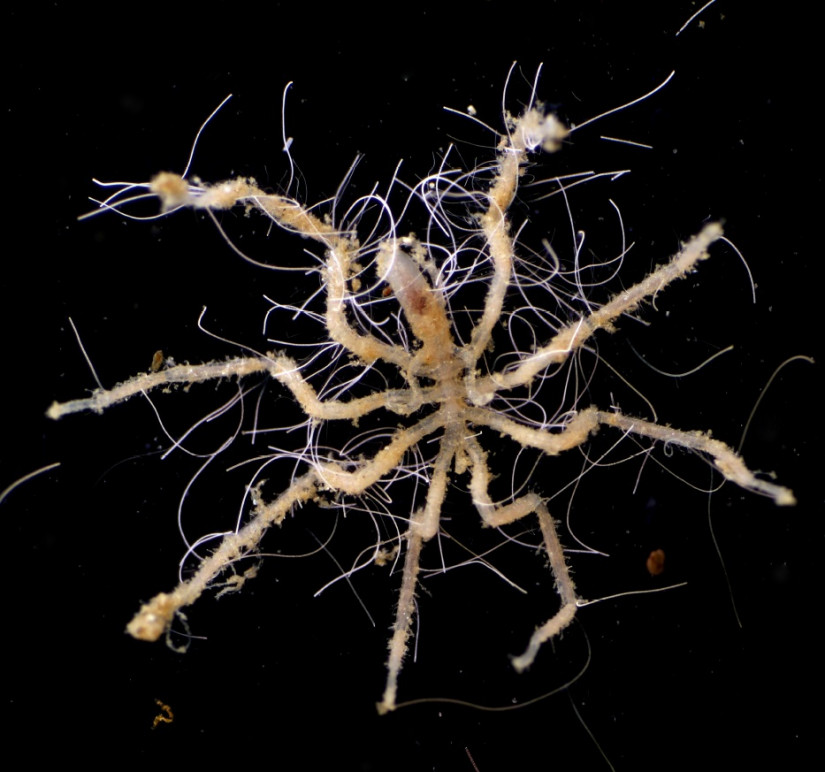
$10,000
Biremis new species
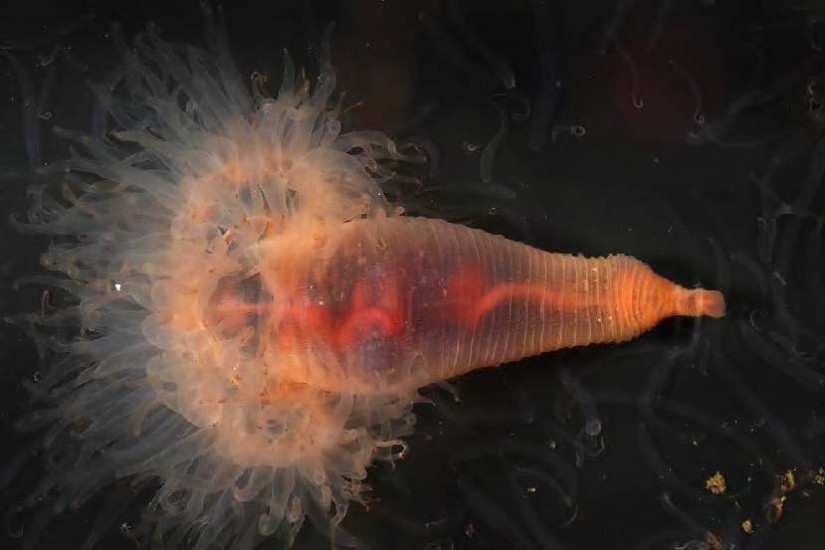
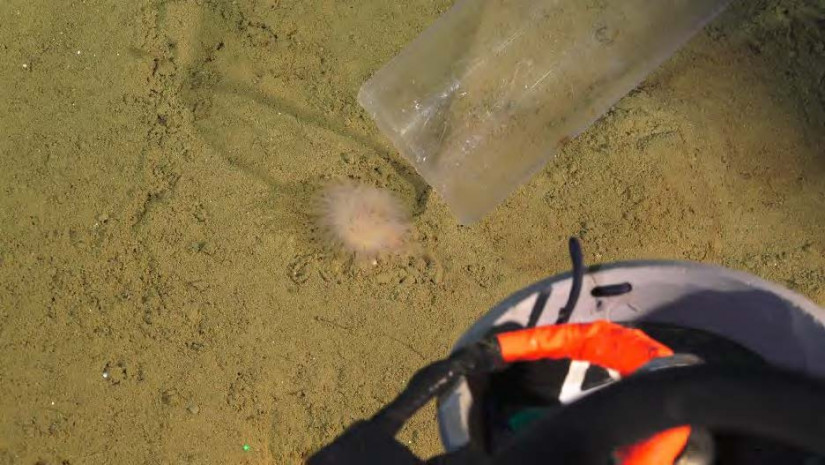
EXAMPLES OF PREVIOUSLY PUBLISHED SPECIES

These three species of deep-sea Pacific mussels are found at methane seeps with distinctive depth ranges. Bathymodiolus earlougheri (left) is named in memory of Robert Charles “Chuck” Earlougher by his daughter Jan and her husband Jim Hawkins. Bathymodiolus billschneideri (middle) and Bathymodiolus nancyschneiderae (right) are named in memory of San Diego nature enthusiasts, shell collectors, and collection supporters Bill and Nancy Schneider. (Read the scientific publication here.)
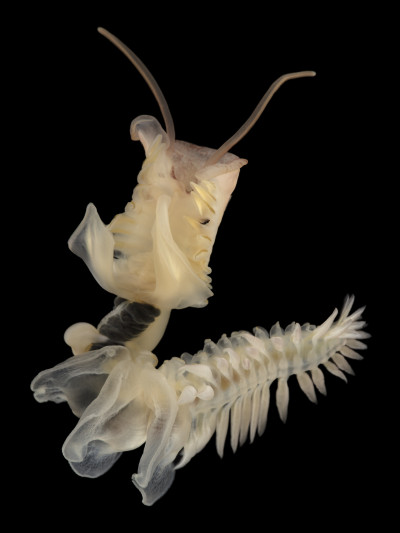
This parchment worm, Chaetopterus dewysee, lives in submarine canyons and coastal habitats in southern California, but was "hidden in plain sight" for over a century until Scripps researchers recognized it as a new species, distinct from its Atlantic relatives. It is named for research supporter Mary "Dewy" White, tying in the German word "See" (sea) for her love of the ocean. (Read the scientific publication here.)
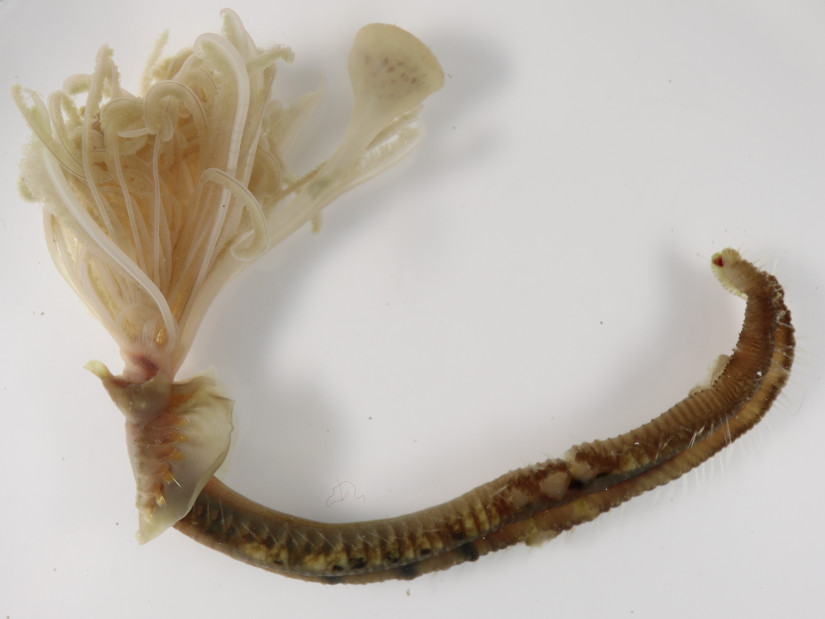
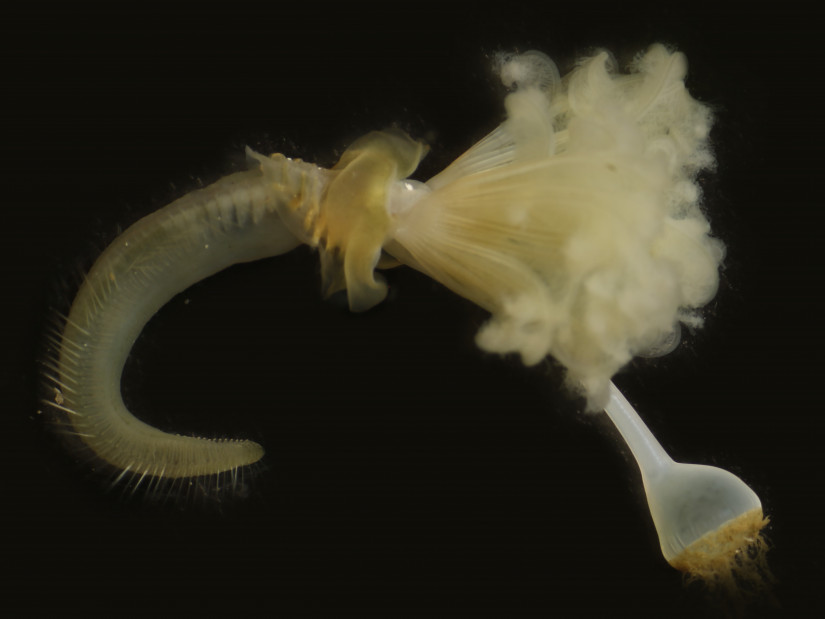
Laminatubus joycebrooksae (top) and Laminatubus paulbrooksi (bottom) are two deep-sea tubeworms from methane seeps off Central America. They are named after Joyce and Paul Brooks, Friends of the Scripps Collections. (Read the scientific publication here.)
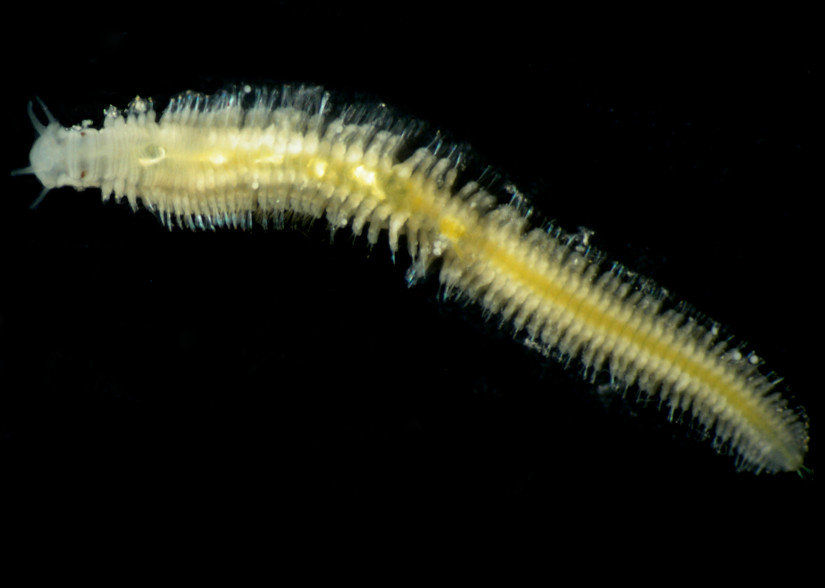
Ophryotrocha bohnorum is a small deep-sea worm with mighty jaws, found at hydrothermal vents near Tonga. It is named in recognition of Jeffrey and Brenda Bohn and their family. (Read the scientific publication here.)
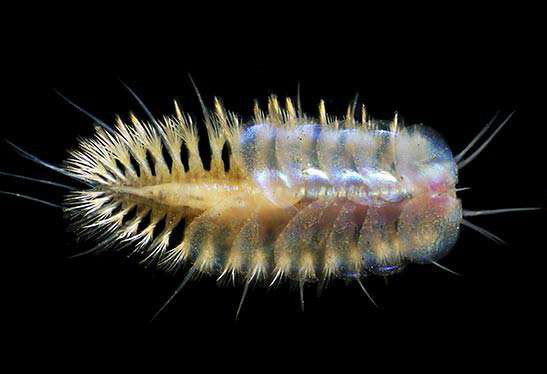
Peinaleopolynoe mineoi is a scaleworm that lives at deep-sea organic falls off the Central American Pacific. It is named in honor of Ronald M. Mineo, MD, with support from the Mineo family. (Read the scientific publication and the press release.)
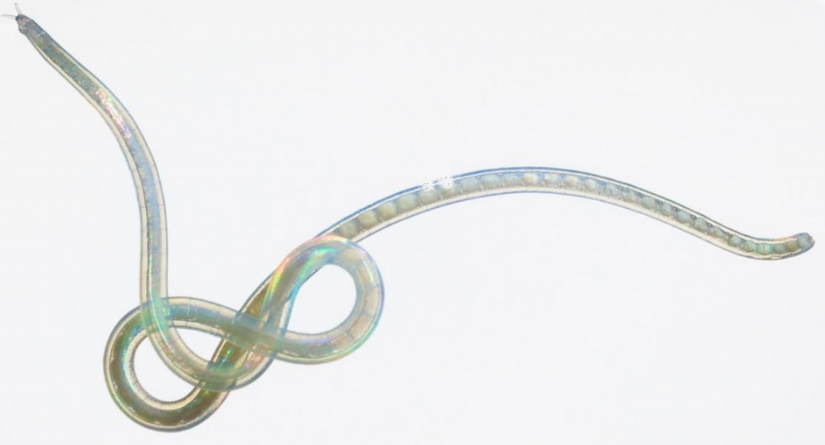
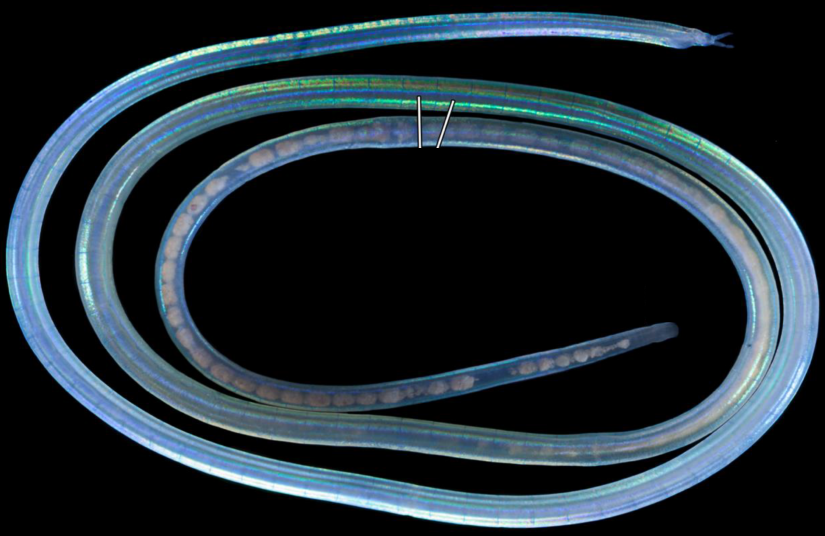
Polygordius kurthcarolae (top) and Polygordius kurthsusanae (bottom) are two iridescent "knot worms," presented as wedding gifts from Janice and Matt Kurth to their daughters Carol and Susan. These worms are found in the sandy beaches of French Polynesia and the Great Barrier Reef. (Read the scientific publication here.)
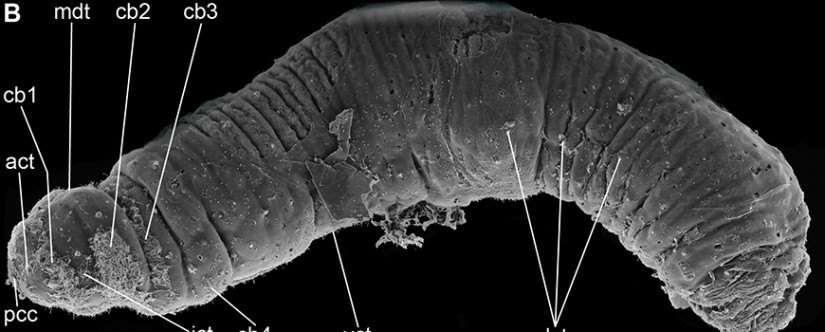
Trilobodrilus ellenscrippsae, a microscopic worm found among the sand grains of La Jolla Shores, is named after Scripps Institution of Oceanography benefactor Ellen Browning Scripps (1836-1932). (Read the scientific publication and the press release.)